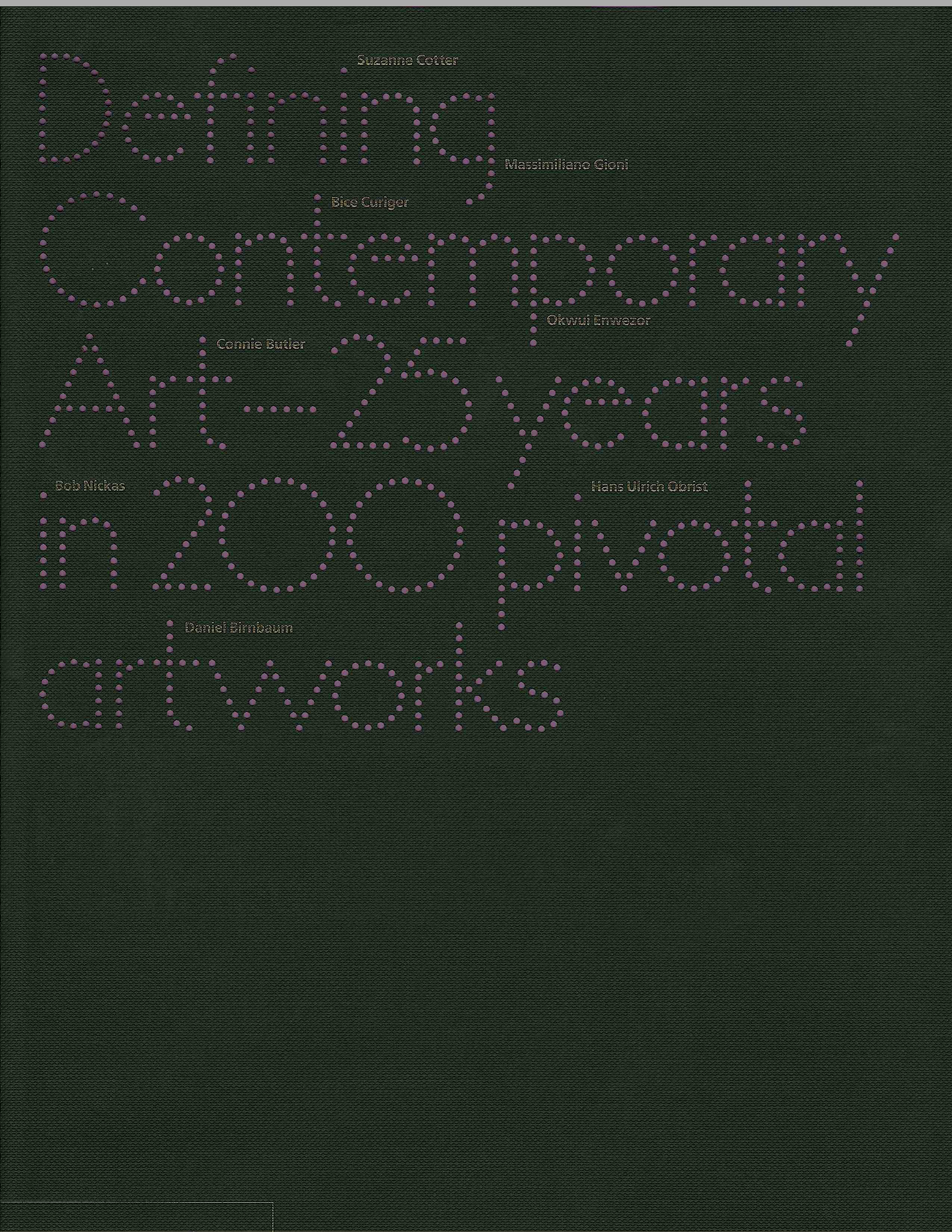Connie Butler
November 2011
Tania Bruguera: The Burden of Guilt
by Connie Butler
Tania Bruguera’s performances are inevitably recounted by those privileged enough to have experiences. Even as her work has moved away from more visceral, body-centric actions towards the disruption and sculpting of social and political dialogue, it continues to draw its audience in. Her performances are lived, endured rather than observed events.
Bruguera was born in Havana, and although she now lives in the Unites States and Europe for part of each year (she receive an MFA from the School of the Art Institute of Chicago in 2001), Cuba and its politics remain the main source and reference point for her work. One of her earliest yet still best-know series of performances, dating from 1995-96, involved recreating works by Ana Mendieta, the Cuban-born artist working in the United States in the 1970s, a generation earlier than Bruguera. By inserting her own petite silhouette into the landscape alongside fire, stone, earth and various other natural materials, Mendieta created a vehicle for linking herself with the earth, a metaphoric rejoining with the country she was forced to leave as a child in the early 1960s. As a Cuban artist then working in Cuba, Bruguera explored this exiled artist’s practice in attempt to reground Mendieta in their shared homeland: to make her accessible to a new generation of Cubans and honor her attempts to reconnect with their shared history.
Although not always interpreted as the homage it was intended to be, this work came to stand as much for a collective Cuban body consciousness as for Mendieta’s personal story and struggles, and this link between the highly personal and the social is a constant for Bruguera, even as she has stopped using her own body in her more recent work. For Untitled (Kassel, 2002), Bruguera’s contribution to Documenta 11, a dark room was periodically illuminated by blinding 750-watt lights while a performer marched around the periphery, loudly loading and unloading a gun. The disorientation caused by the sudden change in lighting, coupled with sounds that threatened violence, exposed the vulnerability of the audience within the space, while an accompanying video projection listing sites of post-World-War-II political massacres located their situation in a global context. In Tatlin’s Whisper #5, performed in 2008 at Tate Modern, two policemen on horseback used crown-control techniques to manoeuvre a willing audience around a major public art space. The complicity of the visitors – some undoubtedly unaware that they were participating in a performance – makes a disturbing statement about our own malleability when faced with displays of state power. Although neither of these works explicitly references Cuba, both are undoubtedly applicable to the political situation there and also to global society as a whole.
The Burden of Guilt was first performed in 1997 during the sixth Havana Biennial; as the artist was not invited to participate in the official exhibition, it was staged in her home. Wearing a butchered lamb carcass, Bruguera slowly combined small amounts of Cuban earth and saltwater in her hands and consumed them over the course of several hours. Drawing on a legend that recounts mass suicide by the indigenous peoples of Cuba by eating copious amounts of earth as a final protest against Spanish conquerors, the artist symbolically embodied the history of Cuba. I will not soon forget the crude erotic’s of her homage, which I saw in Havana with other art viewers and passers-by on the street. Like many international viewers visiting the city for the first time, I attributed the rawness of Bruguera’s vision to a youthful critique of the politics of living in a country whose longstanding perpetuation of a socialist regime was experienced in terms of deprivation of resources and censorship of artistic production. This literal embodiment of political resistance was to form the core of her most effective and moving works for years to come.
